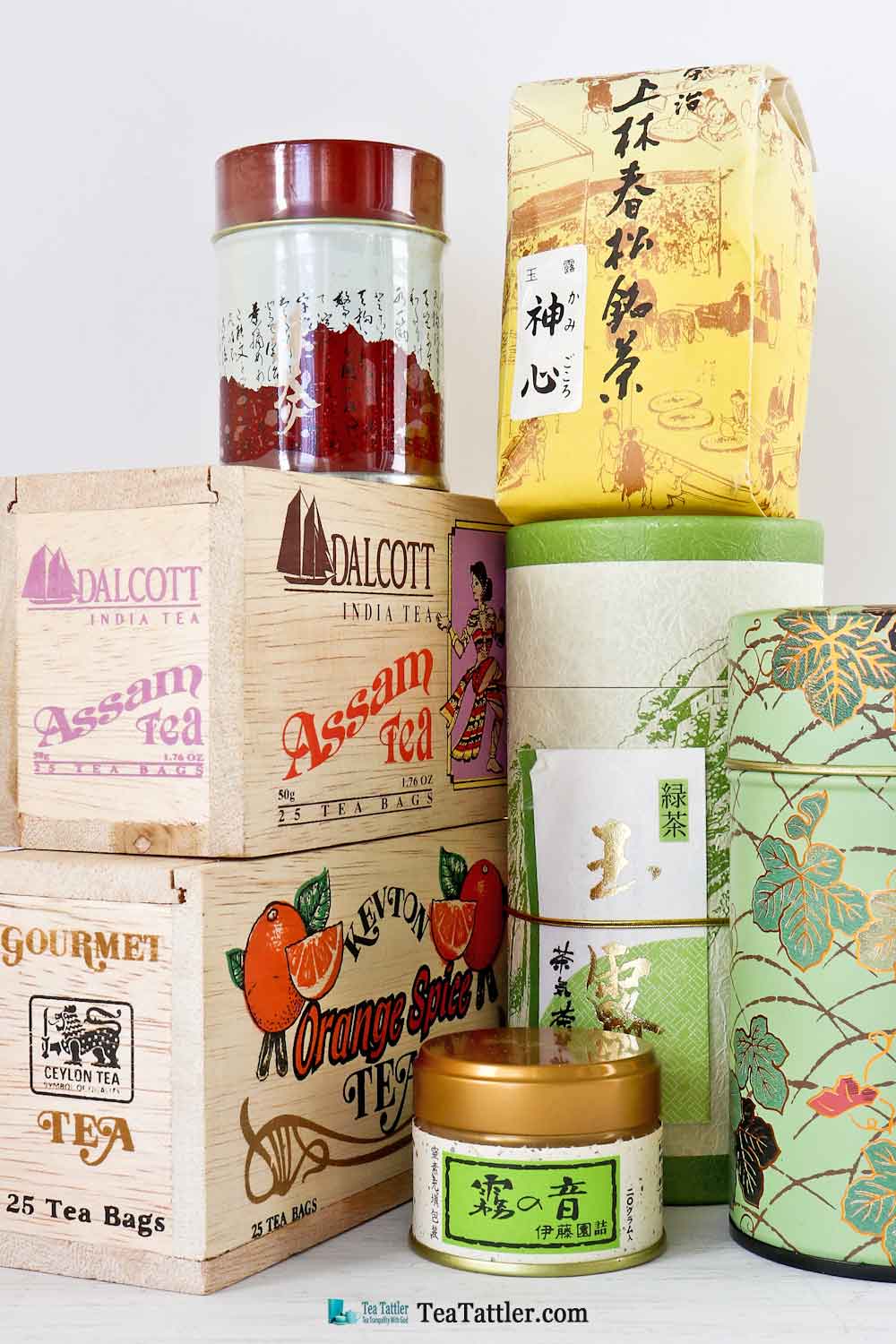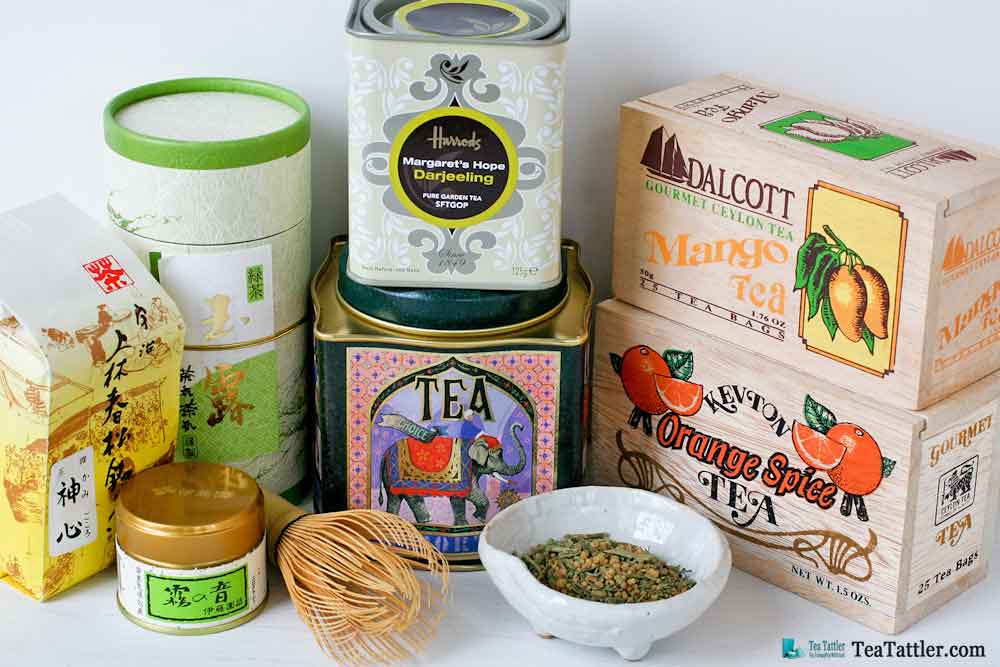Tea in Asia
How delightful on the mountains
Are the feet of one who brings good news,
Who announces peace
And brings good news of happiness,
Who announces salvation,
And says to Zion, “Your God reigns!”
Tea In Asia – from China, tea traveled to Japan, Tibet, India, and Sri Lanka with the tea drinking culture taking roots in those countries.

Tea in Asia
From its genesis in China, tea found fertile grounds in many different places in Asia.
Tea in Asia
Tea Arrived in Japan
During the Tang Dynasty tea made its way to Japan. The well watered volcanic slopes facing the Pacific ocean became dotted with tea gardens. Japan’s tea culture preserves the predominance of green tea and the ancient Sado (The Way of Tea) using the whisk and the bowl. Japanese tea ceremony elevated the serving of tea into an artistic ritual. Japanese tea lore is ancient and rich with references to Zen Buddhism.
From Yunnan to Tibet
Tang Dynasty trade also carried tea from Yunnan to Tibet. The strong flavor of compressed tea became a favorite in the extreme cold of the Himalayas. Here, the tea is combined with yak butter and salt to make a stronger brew. This brew is taken with tsampa, a Tibetan grain staple. Introduced at about the same time as Japan, tea became universal in Tibet by the 13th century and remains so to this day.
Tea in India
Despite the proximity of Tibet to India, tea from China did not reach India in any big way. When the British surveyed for a suitable place to cultivate tea in the early 19th century, they found that some Assamese were consuming a local brew made from wild tea bushes of Camellia assamica. In a very short time large scale tea plantations grew in Assam along the Brahmaputra Valley. Today, it is the largest black tea producing area in the world.
Another location in India that became renown for its own tea is the Nilgiri region in Southern India. Once established the tea drinking culture became universal in India. Tea in India is mostly consumed with milk although some special varieties are best without.

Tea in Sri Lanka/Ceylon
An agricultural disaster wiped out the predominant coffee crop on the island of Sri Lanka in the mid 19th century. Because of this, the plantations were forced to switch to tea. This became a stroke of good luck as Ceylonese teas became very popular in the British Empire. In fact, many parts of the former Empire came to equate generic black tea with the term Ceylonese tea.

Tea Today
The tea diaspora in Asia has resulted in greater varieties of tea available to the connoisseur. What was once a medicinal herb has been transformed into a beverage enjoyed by many around the world. Today, tea is served as a cultural touchstone ranging from the tropics, to the Himalayas, and the shores of Japan.

 Hi, Please join us as we explore Scripture and the joys of tea together.
Hi, Please join us as we explore Scripture and the joys of tea together. 





